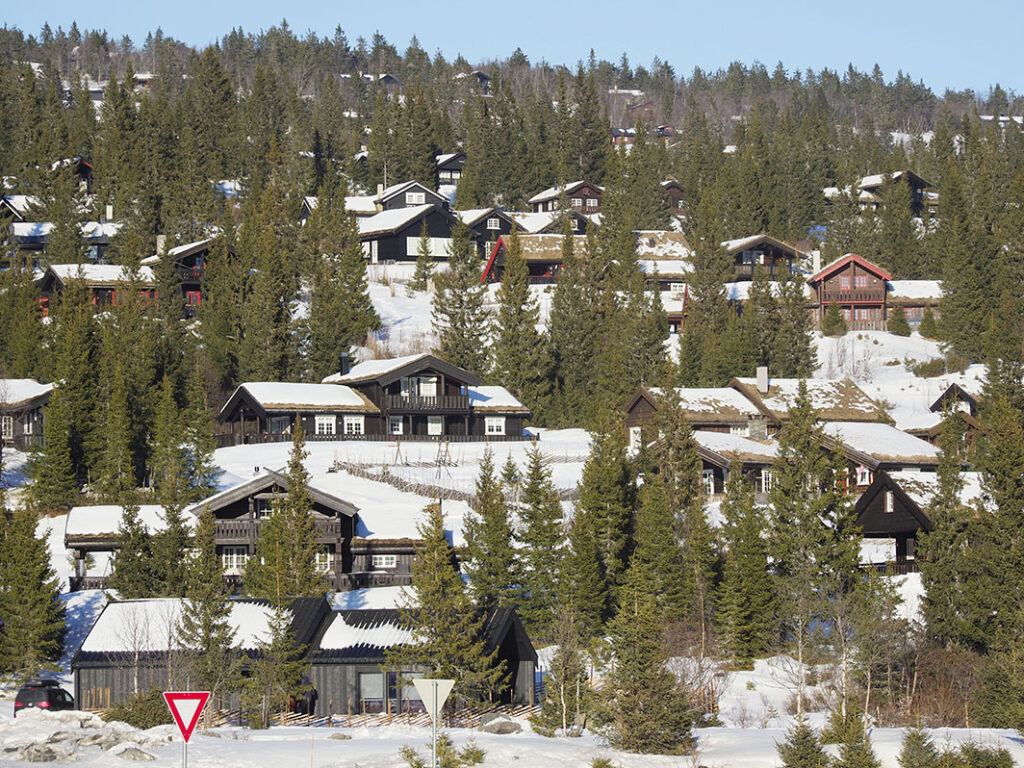
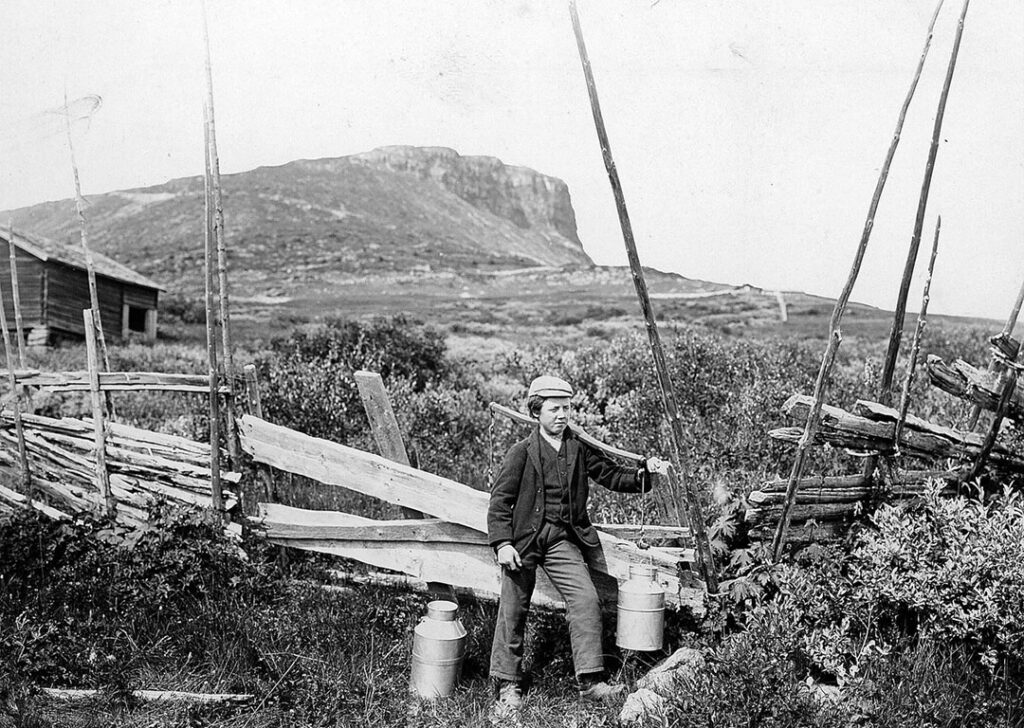
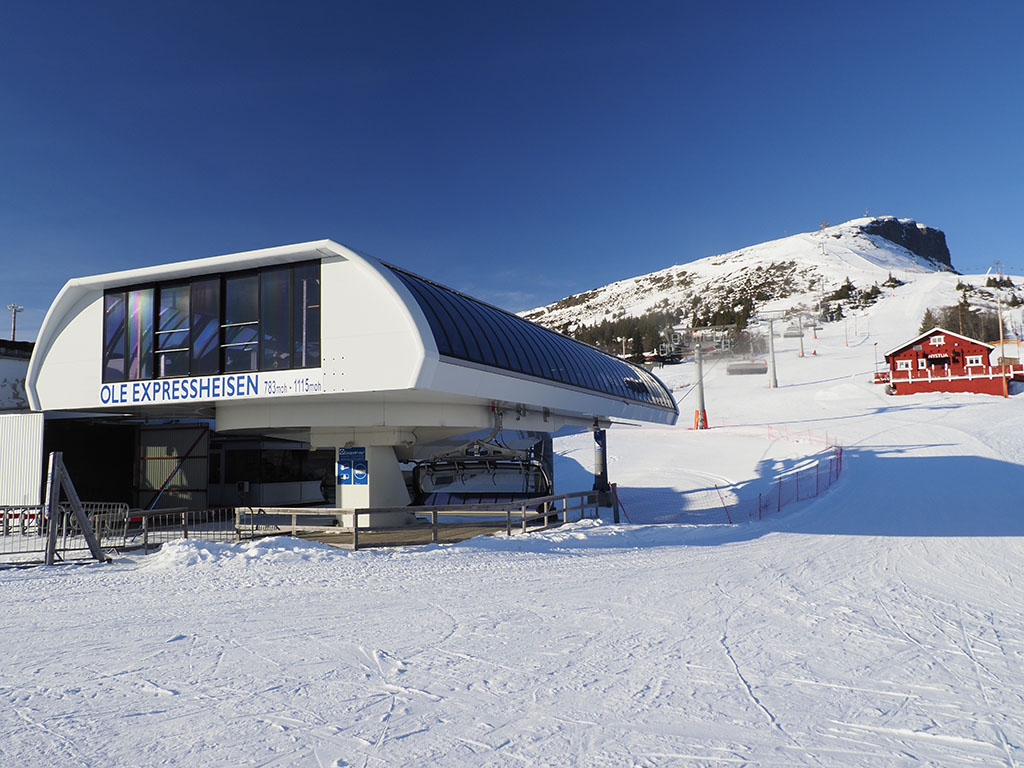
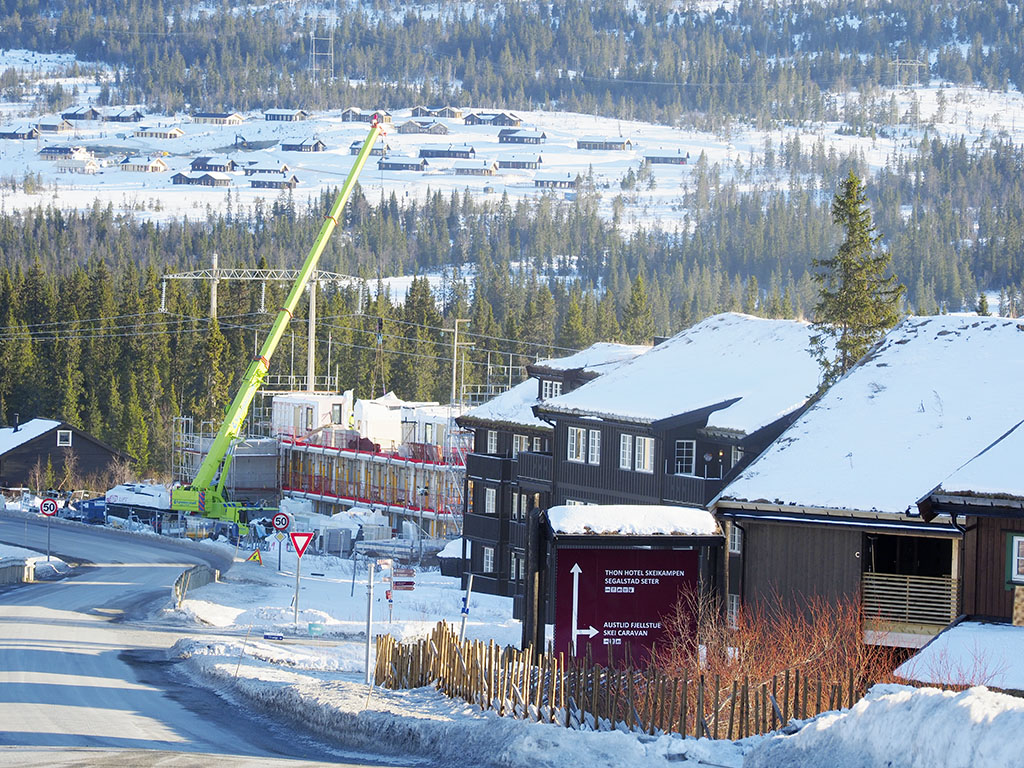
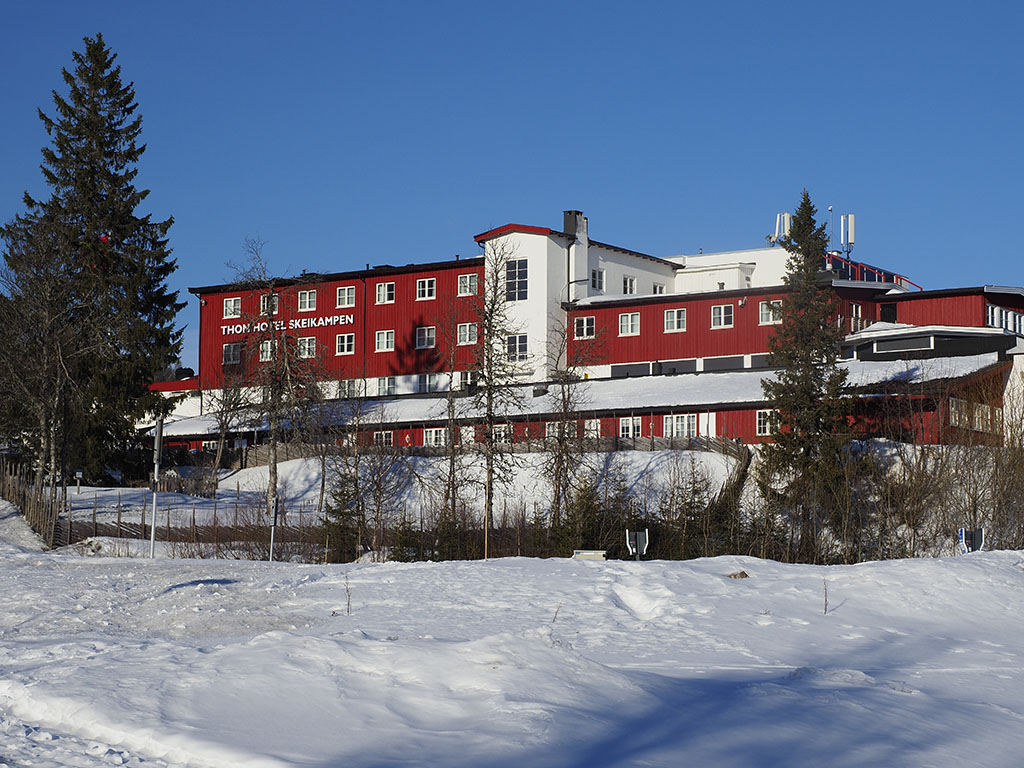
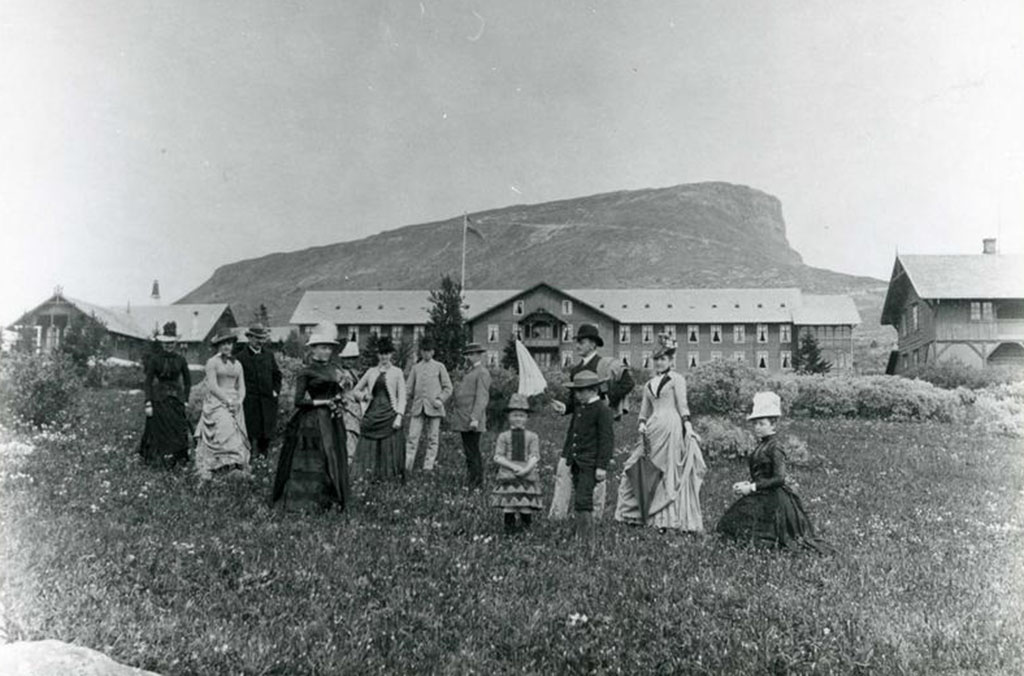
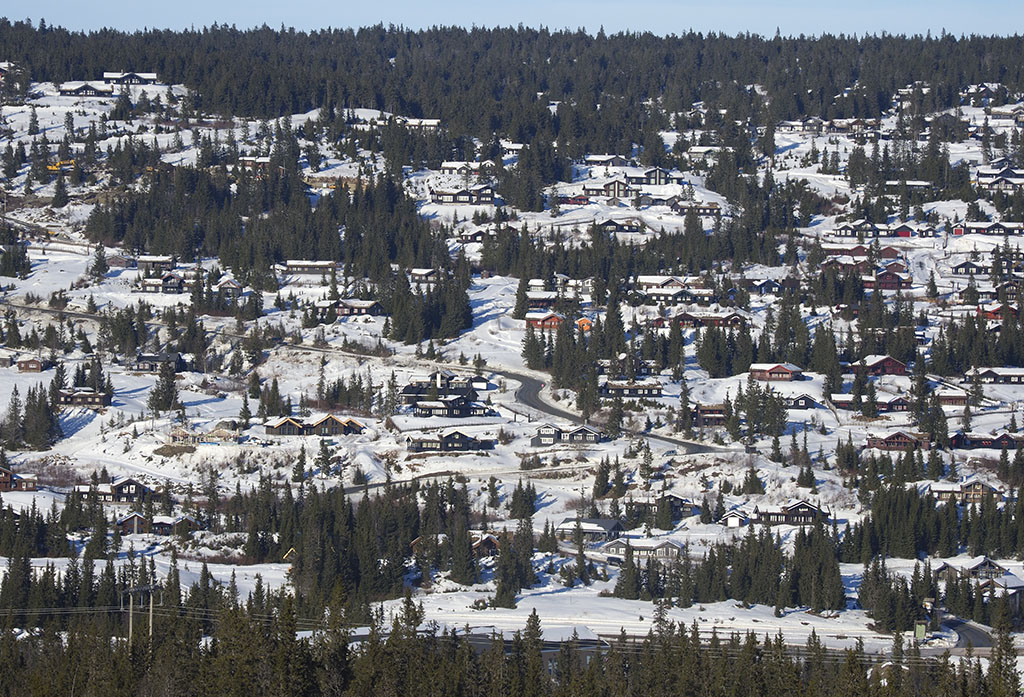
Ever growing second-home agglomerations engulf nearly every Norwegian ski resort, or mountain destination, with numerous metastases of new second-home fields spreading into pristine nature. The economic gravitational point of the ski resort has shifted from hotels and lodges to second-home tourism. The sales of plots and building of second homes has become the most important income source of outside capital in many local communities. At the same time, more critical voices are heard, both in the media and in the literature, questioning the sustainability, claiming that the planning is out of control. A main focus of the SPOT project in Norway will be to study legislation and planning practices as well as the discourses of governments and society.
Norway is the country in the world with the highest number of second homes per capita, more than 90 per 1000 inhabitants, only rivalled by Finland, which has similar numbers. Large second-home agglomerations continue to spread throughout the upper forest band, especially along south-west facing slopes, radiation out from the main ski resorts. The largest villages have many thousands second homes, up to 8000 in one destination alone. Consequently, the dominating mode of accommodation at the ski resorts and mountain destinations has moved from hotels and lodges to private second homes, with more than 150.000 second homes in the mountain region of southern Norway alone. The second-home dwellers have become the main market for the building of new ski lifts, activity providers, restaurants, bars and stores for shopping, which all need more space.
This development is further stimulated by a recent neoliberal trend in the physical planning tradition, where more of the planning is done by private developers and less by the governments and their administrations. The resulting piece-by-piece planning has not only caused increasingly negative consequences for nature and the environment and loss of nature and loss of access to and quality of nature for the tourist, but also unforeseen needs for infrastructure, with both economic and environmental consequences.
At one destination in Norway, Skei destination (which serves a one of the cases for the SPOT project), after a soaring number of new second-homes the local municipality is now faced with an acute water shortage, where there is not enough water for the snow cannons on the alpine slopes. The Gausdal municipality has only two fishing lakes in these mountains, and to large protests from landowners, farmers and other locals, they have suggested the expropriation of one of the two lakes and turn it into a water reservoir. This will end recreational fishing and transform a large part of the mountain area most used by tourist and locals.
As most of the mountain destinations, the Skei ski resort started off as a summer farm area. The farming resources were restricted in the valleys, and the grass had to be used for haymaking. Therefore, the people in the valley took their livestock up to their summer farms so that they could pasture there. Still today, cattle and sheep are grazing here, but now often between the thousands of second homes sprawling out over the summer-farm areas. The farmers have retained their right to pasture, but the second-home population is gradually becoming more hostile to this practice. Consequently, the mountains as a food-producing resource is under pressure.
If interested in the topic, do not hesitate to approach our Norwegian team directly.
